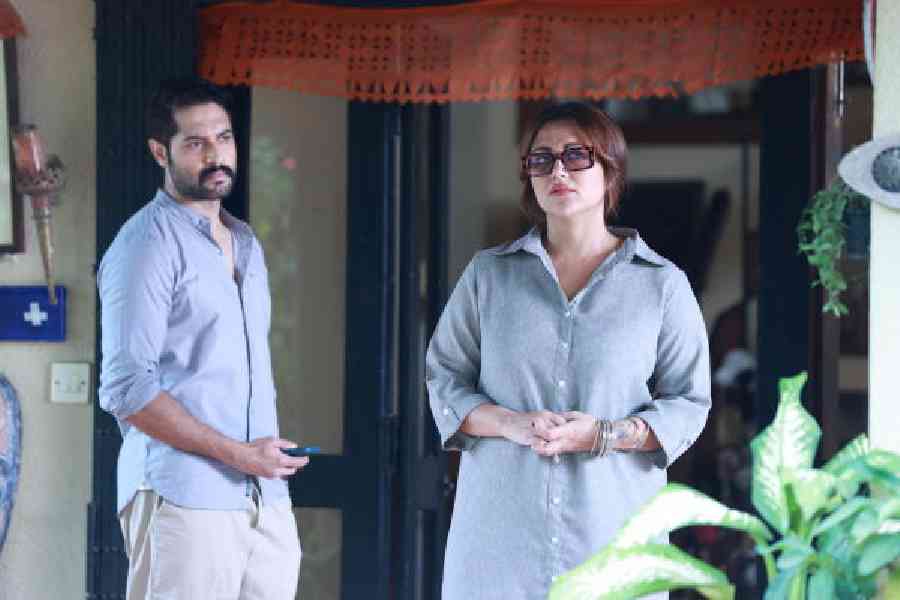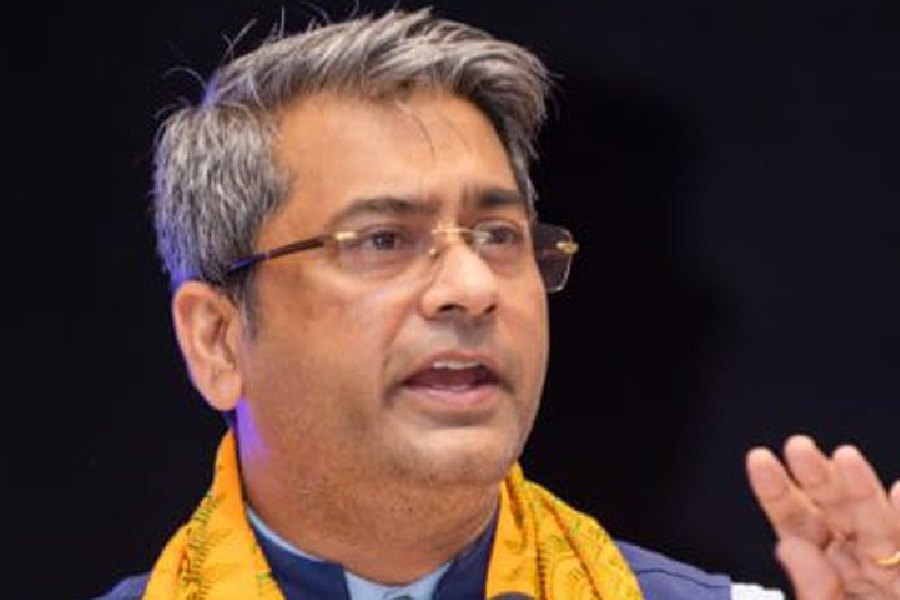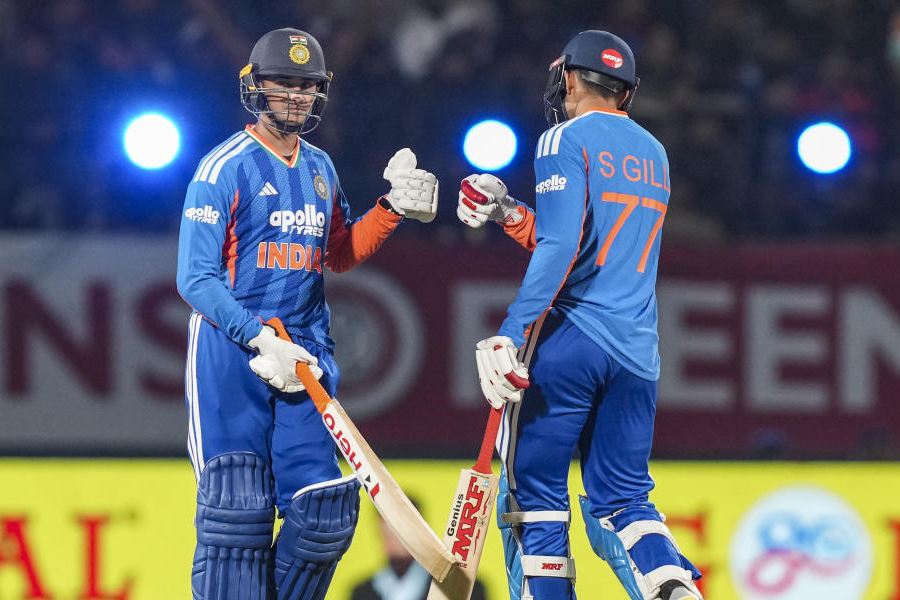From his very first film, director Arindam Bhattacharya had chosen his genre in filmmaking. Thrillers are his forte. Antarleen, his first film, set in a hill resort, had us on tenterhooks and the twist in the tale was much appreciated. Armed by the success of this film, Bhattacharya embarked on his filmmaking journey, creating one thriller after another. Each one, different from the other.
Bhattacharya’s Shibpur involved a gory tale of the underworld with its retributive violence creating a melee of bloodshed. The film was extremely well-acted and well-made, though not for the weak-hearted, perhaps. But Shibpur was like a Greek tragedy that was meant to have a cathartic effect on society, which is becoming increasingly violent every day.
Durgapur Junction is a thriller and whodunit rolled into one. The plot is full of red herrings that keep the audience guessing till the final reel. This is what a master thriller is meant to do and Bhattacharya has achieved it through his clever intertwining of plot and stray clues strewn throughout the film. Along with the scripting, characterisation has also been worked upon by the filmmaker. The attractive, honest, upright journalist Ushashi, played by Swastika Mukherjee, has the right blend of righteousness and rebellion that makes one believe in her.
The investigating officer Soumya (Vikram Chatterjee) and his lady boss Gauri (Ekavali Khanna) both share a bond that appears real and straightforward. Vikram’s portrayal as the police detective with a zeal is heroic but never over the top. Both the director and actor have shown restraint that is commendable. Mrs D’Souza (Sreemoyee Majumder), as the lonely widow who lost her ailing husband, puts on a convincing act of helplessness mixed with sophistication.
Besides the handling of actors, the director’s command over his genre is apparent at every twist. The confusion arising out of serial killings through consumption of vitamin pills bought from the market, personal relationships and ideological warfare is all unravelled at a pace that is neither too fast nor too slow. And this is one of the USPs of the film.
Bhattacharya has been ably assisted by his team: DoP Prosenjit Chowdhury has created a dark and somewhat foreboding lighting scheme, that helps the maker expose the rancid state of society more effectively. The background score by Soum-Sree-Tiru is appropriately used to enhance certain moments and the innocuous but efficacious sound design by Sreejan Deb deserves mention.
Sujay Datta Ray, the editor, has once again proved that he is a master at snipping films of any genre, be it a thriller, comedy or relationship drama. The film has many shades that dissolve into one another to form a chiaroscuro of emotions. Bhattacharya is well aware of grey shades as well as pitch black hidden behind a pure exterior. The confusion that keeps the audience trying to realise what is actually happening creates a positive effect at times and at others gives rise to scepticism. The film exposes the quirks of character amongst the seemingly educated middle class. It is not just a thriller but delves into the dark, putrid recesses of human desire and greed.
As mentioned at the end of the film, Bhattacharya has been inspired by a real-life incident that happened in the United States. He has quite successfully blended that situation into a totally indigenous setting.











